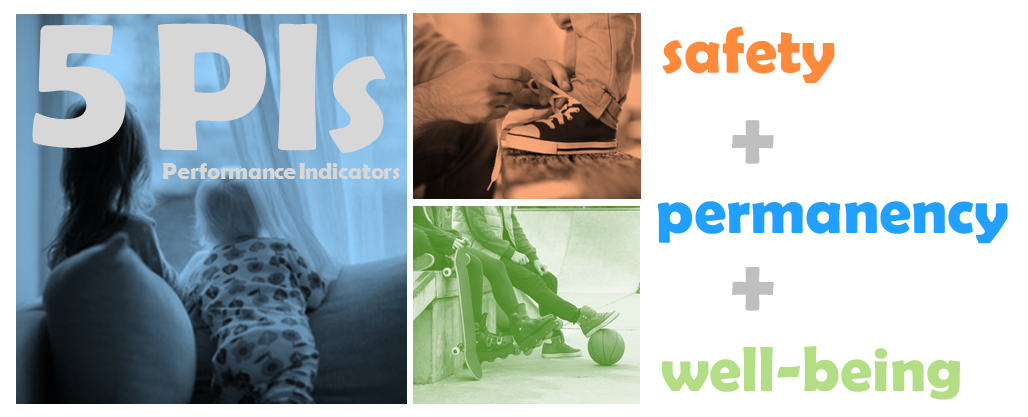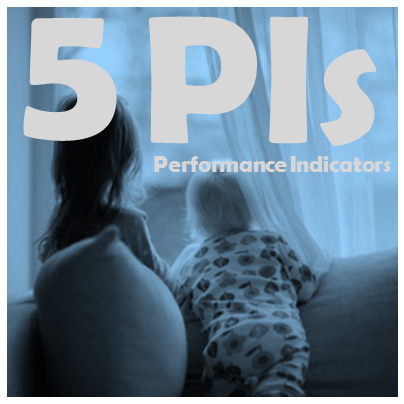
- Performance indicators measure how well Children’s Aid Societies are serving children, youth, and families.
- 2016 is the first year that those Children’s Aid Societies in Ontario which were able to validate their data are publicly reporting performance indicator results on the safety, permanency, and well-being of children. You can find performance indicators for individual CASs here.
- 2016 is the second year that OACAS has released performance indicators on safety, permanency, and well-being as an aggregate average. You can find these aggregate averages here.
- The performance indicators for safety look at the recurrence of child protection concerns. In other words, these performance indicators measure the extent to which children and families that have been helped by Children’s Aid come back because of further safety concerns. This year’s provincial performance indicators show that recurrence of child protection concerns has stayed at about the same rate over a 4-year period. Researchers are still working on what they consider an acceptable range of recurrence. Some recurrence is to be expected because of the complexity of the issues facing the majority of the families served by CASs. These issues include poverty, mental health, domestic violence, and addiction.
- The performance indicators for permanency, i.e., a long-lasting and stable family relationship, measure where children in care are placed and how long it takes for them to be discharged from the care of a CAS. The provincial results show that over a 4-year period family-based care has increased, with nearly 80% of children in care being placed in a family-based home in 2014. The provincial results also show that about 60% of children are discharged from care within 1 year, 75% within 2 years, and 85% within 3 years. Many permanency options exist for children who leave care: returning to their family of origin, living with extended family, legal custody, and adoption.
- The performance indicator that measures well-being does so by surveying how children and youth perceive their relationship with their caregivers. The scores are very positive, though ten to 15 year olds felt more positive about their caregiver relationship than youth aged 16 and 17. The lower score for the 16 and 17 year olds is comparable to a Canadian norm.
- CASs are currently examining their performance indicators to identify where they can improve. They are looking at what might be causing the recurrence of child protection concerns based on the challenges facing children and families in their communities, whether CASs have the right community partners to help families deal with issues such as poverty, mental health, domestic violence, and addiction, and whether CASs are providing the right kinds of support to families. The goal is to identify the tools and practices in child welfare that best serve children, youth, and families.
To read more about performance indicators and to view the results, click here.
